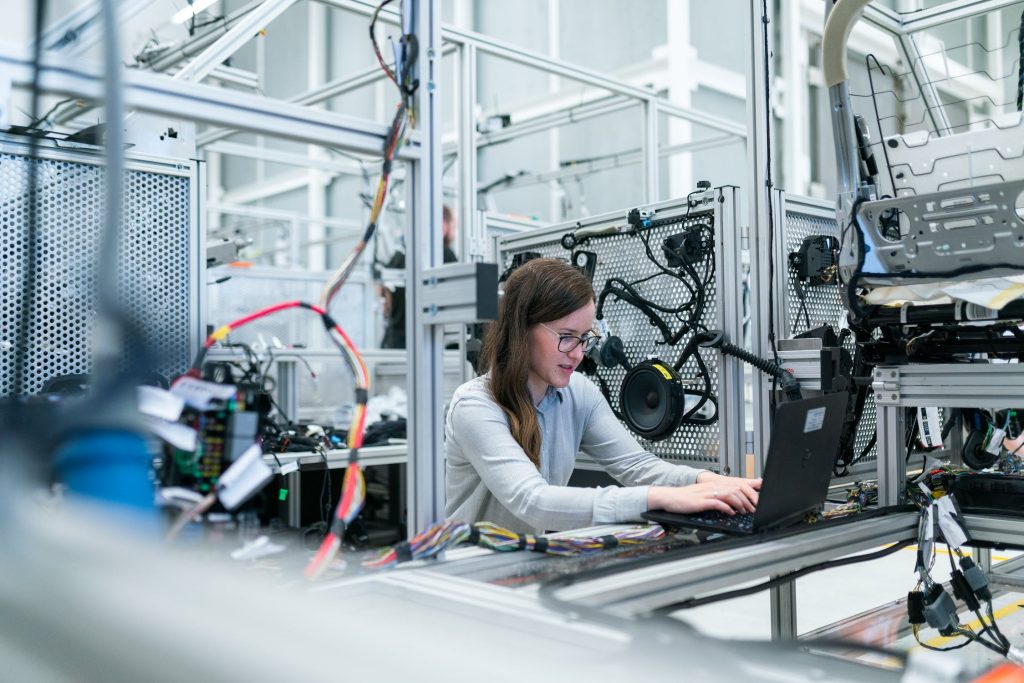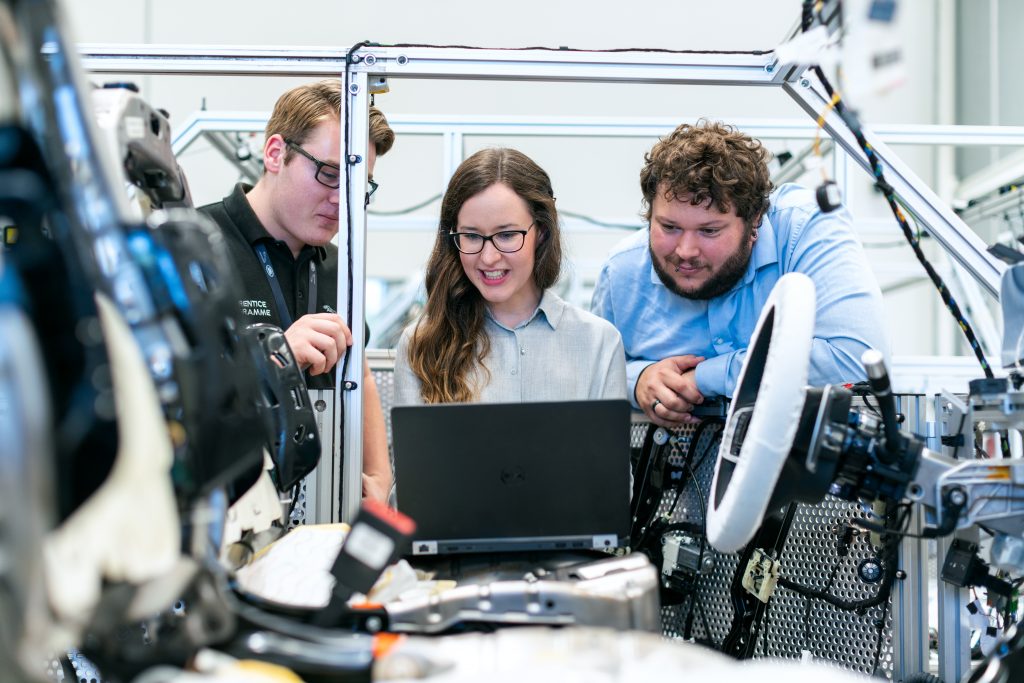Innovation is the driving factor for success in any industry, and the manufacturing sector is no exception. Recently, the world of manufacturing witnessed an array of breakthrough innovations that are helping the industry move forward. Besides improving efficiency and making the sector productive, innovations are helping manufacturers address existing challenges.
Accenture’s new report, Make the Leap, Take the Leap, reveals that organizations that scaled technological innovation during the pandemic earned revenue five times more than laggards. This finding indicates that technology has undeniably become critical to an organization’s success.
Technological innovations are not only helping businesses survive but also thrive during the most disruptive times.
From collaborative robots to the Internet of Things, technological innovations are revolutionizing the manufacturing process. By adopting these solutions, businesses are able to gain a competitive edge and meet customer demands easily.
Having said that, here we’ll discuss four popular innovations that are helping manufacturers improve their bottom line:
1. Collaborative Robots
Robots have been in the manufacturing industry for quite some time. The rise of automation, however, has given rise to new approaches and technologies, and collaborative robots are among the most significant of these factory automation advancements.
Also known as cobots, collaborative robots work together with human beings in a shared workspace. As cobots are integrated with safety features and sensors, they are capable of working in hazardous environments, minimizing the risk of injuries and human errors. It makes using Teledyne Labs syringe pumps easier and effortless.

In a recent survey, the Automation World observed a huge uptick in robotics adoption. The reason? Manufacturers have realized the limitations of traditional automation. Of all the survey respondents, 44.9% considered robots integral to their manufacturing operations. More specifically, of those businesses, 34.9% use collaborative robots.
Compared to traditional automation, cobots are affordable and easy to implement. As cobots automate only a few processes at a given time, manufacturers have the freedom to scale up and down with ease. Ultimately, products are produced with great precision and at a faster rate, resulting in higher ROIs.
2. Additive Manufacturing
A recent innovation specific to the manufacturing industry is 3D printing, oftentimes referred to as additive manufacturing. While it is well-known as a tool among hobbyists, it emerged as an industrial production technique. Recent technological advancements have made it a more viable solution, resulting in its resurgence.
With 3D printing, manufacturers are able to create three-dimensional objects by layering materials such as metal or plastic with the help of computer-aided design (CAD). This technology has made a comeback because it can create complex designs that aren’t achievable through traditional manufacturing methods.
Additive manufacturing has made it possible to produce products faster, with greater precision and low cost, opening the door to customized items. No wonder industries such as automotive, aerospace, and 3D-printed prosthetics have progressed due to additive manufacturing.
Nowadays, 3D printing is used alongside CNC machining to create intricate designs. Even though these two techniques are totally different, machines that do both have made their way on the market.
Lattice Materials says most CNC machining has a surface finish of up to 16 microns, which is a high-quality surface finish. It may not appear important, but surface finish matters a lot. Otherwise, applying paint will be challenging.
3. Internet of Things
The Internet of Things, often abbreviated as IoT, refers to the interconnectedness of appliances, machines, and devices for sharing data and communication purposes. While IoT isn’t a manufacturing-specific phenomenon, it holds considerable potential.
Perchance, predictive maintenance is their most impressive and popular use case. Traditional maintenance schedules are improved by predictive maintenance, which avoids both unnecessary repairs and breakdowns.

IoT has made data collection easy, allowing manufacturers to improve operations and make informed decisions.
A recent report released by Deloitte reveals that predictive maintenance reduces breakdowns by 70%, increases productivity by 25%, and lowers maintenance costs by 25%. These are impressive figures on their own. Given that one hour of downtime costs over $100,000, predictive maintenance adds up to considerable savings.
Besides predictive maintenance, these sensors are used by manufacturers to collect data points throughout their manufacturing processes.
4. 5G Connectivity
Though not manufacturing industry-specific, 5G connectivity has shown impressive potential for the sector. Thanks to their lower latency, increased speeds, and higher bandwidths, 5G networks are taking smart manufacturing to new heights.
Statistia’s recent survey establishes that 5G networks can support ten times the capacity of 4G networks. As much as one million devices per square meter can be accommodated by 5G networks. This increased capacity allows manufacturers to extend their IoT infrastructure to almost every machine in the plant.
What’s Next in Manufacturing?
These four technologies are all set to dominate the future of the marketing sector. Note that these innovations aren’t the only ones shaping the industry, but these are among the notable ones.
Embracing these innovations will make the manufacturing industry profitable. That’s because these optimize operations, improve efficiency, and minimize errors. Capitalizing on them early on will keep you well-positioned in the industry, ensuring you succeed in an increasingly competitive market.


